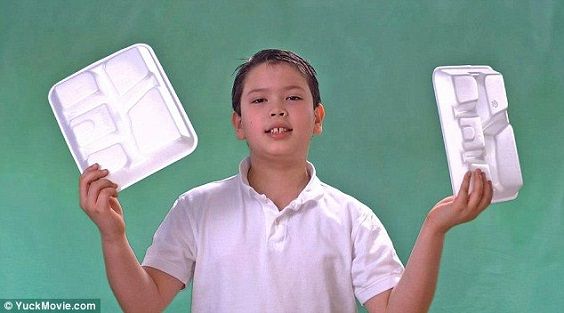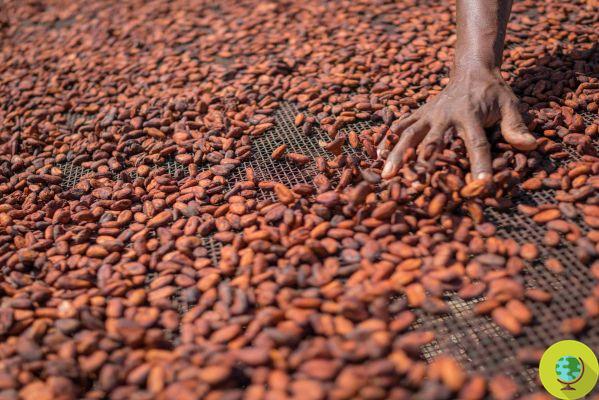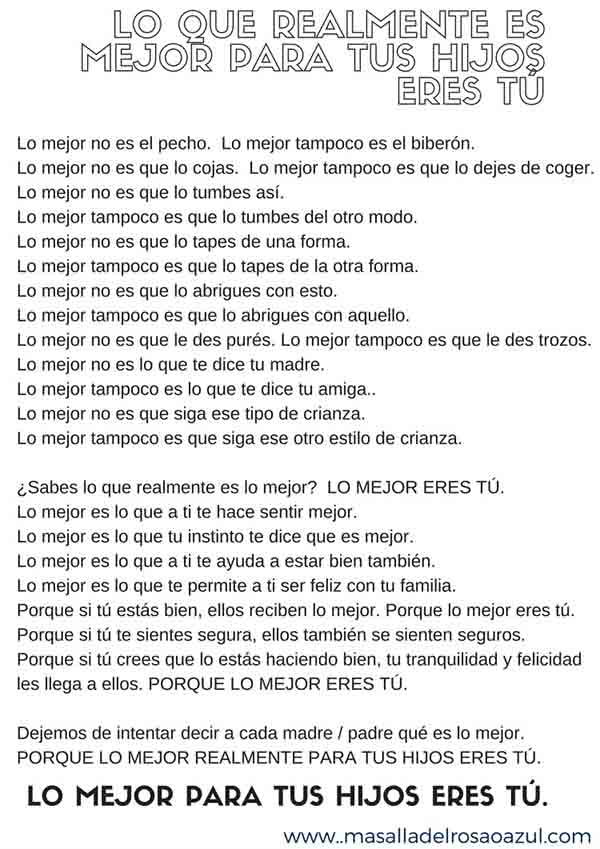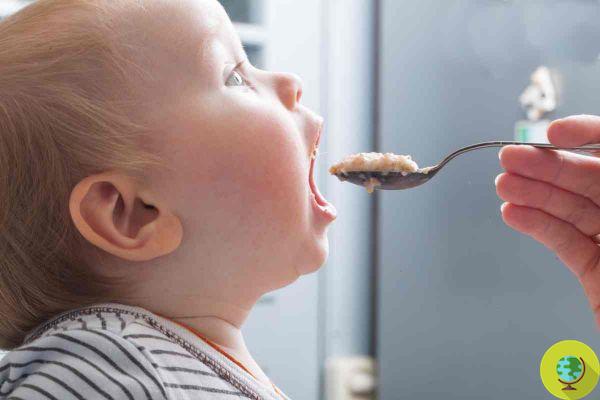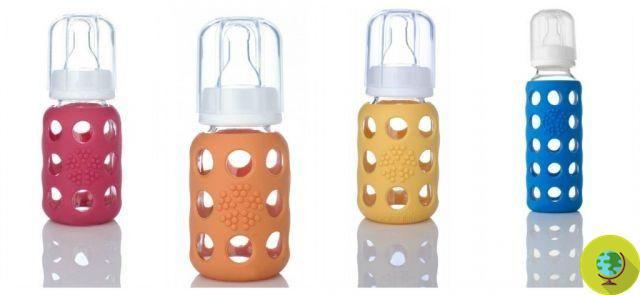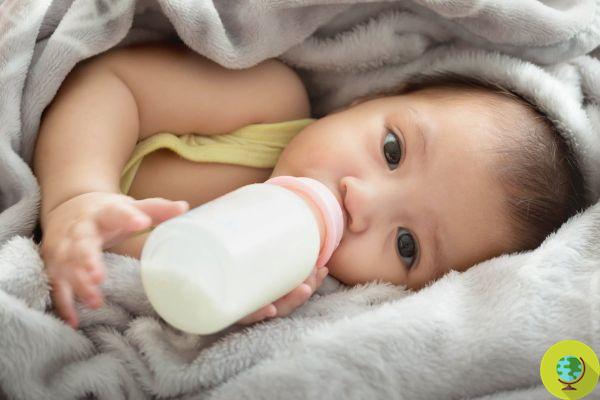
The consumer association looked at 15 infant formulas and found that contaminants were present in all types
Don't store avocado like this: it's dangerousMore 3-MCPD in infant formula. This toxic contaminant, which develops as a result of palm oil treatments, has been found in all formula milk brands tested by the Hong Kong Consumer Council. The consumer association looked at 15 infant formulas and found that it was present in all types.
Formula milk is again under fire. This time to point the finger at the so-called formulas it was the Hong Kong Consumer Council who wanted to find out what really contained 15 different types of milk, whose names were not disclosed. According to the Consumer Council test, all contained the contaminant 3-monochlor-1,2-propanodiol (3-MCPD).
And it is not the first study to have ascertained its presence in baby milk.
Artificial milk contaminated by 3-MCPD (LE MARCHE)
This time, the test looked for heavy metals, phthalates, contaminants, microorganisms, also examining the 34 nutrients present in milk and checking the accuracy of the product labeling.
Index
3-MCPD detected in all brands
Unfortunately the worst news comes from'3-MCPD, found in all 15 types of formula milk examined in quantities ranging from 13 to 120ug / kg. Taking as an example a one month old baby weighing 4,3 kg, the maximum tolerable daily dose set by the JECFA is 17.2ug while the standard established by EFSA is more stringent and is equal to only 8.6ug.
Considering the milk with the highest level of 3-MCPD, the content is 120ug / kg. If a newborn were fed according to the recommended amount on the label, they would consume 106g of infant formula, with an intake of 3-MCPD in excess of the maximum doses indicated by EFSA. For infants fed only formula milk, the health risk is greater.
According to reports published by the Joint FAO / WHO Expert Committee on Food Additives (JECFA) and EFSA, excessive daily consumption of 3-MCPD for an extended period it would negatively affect kidney functions and the male reproductive system.
Danger of glycidiol
In recent years, 3-MCPD is a genotoxic carcinogen called glycidol have been found in foods such as palm oil and infant formula. They are formed during high-temperature refining of vegetable fat.
Glycidol is classified as a genotoxic carcinogen and is present in food but has been found in 9 types of milk, in quantities between 1,1 and 29ug / kg, in this case all below the EU maximum level (50ug kg).
Although the breast milk is internationally recognized as the ideal source of nourishment for newborns with a nutritional composition suitable to ensure the optimal balance for growth and development, some mothers by necessity or by choice decide to use infant formula as the only source of nourishment for newborns. Therefore, it is essential to guarantee its quality and safety.
Breast milk: a super food. Breastfeeding is good for mom and baby
“Formula milk is not just a regular product, but an important food that affects the long-term health and well-being of babies. At present, there is no specific regulation in Hong Kong to regulate the content of 3-MCPDE and GE in infant formula. To improve the safety of infant formula, the Council believes that the government should closely monitor international developments, ”the official statement read.
Non-compliance of 6 types of milk with the nutrients on the label
The test also looked at the actual nutrient content of each milk by comparing it to what was reported on the labels. Although the energy and nutrient content of all brands was within the legal range, some nutrients in 6 types of milk were found to have discrepancies that exceeded the tolerance limit. And this was not related to the price, on the contrary. The milk with the highest cost had a quantity of vitamin A 21,9% lower than the declared value.
Another model's label claimed it contained 3.000ug of vitamin B3 per 100g, but the test result showed it contained only 2.580ug, 14% less than the claimed value. In addition, the contents of vitamin B3, iodine, selenium, copper, choline, myo-inositol and L-carnitine from another type of milk were all lower than the labeled value and the differences were -2,6% (vitamin B3), - 13,9% (iodine), -14% (selenium), -11% (copper), -20,7% (choline), -5% (myo-inositol) and -39,5% (L-carnitine) .
“Receiving accurate nutritional information is a fundamental consumer right. The test results clearly indicate that there is room for improving the production of these foods ”.
Sources of reference: Hong Kong Consumer Council
READ also:
Artificial milk: Some contain twice the sugar of fizzy drinks
Powdered milk: full of hydrocarbons and pollutants. The best and worst according to a German test
How formulated milk companies take advantage of cow's milk allergy to sell more. The investigation







